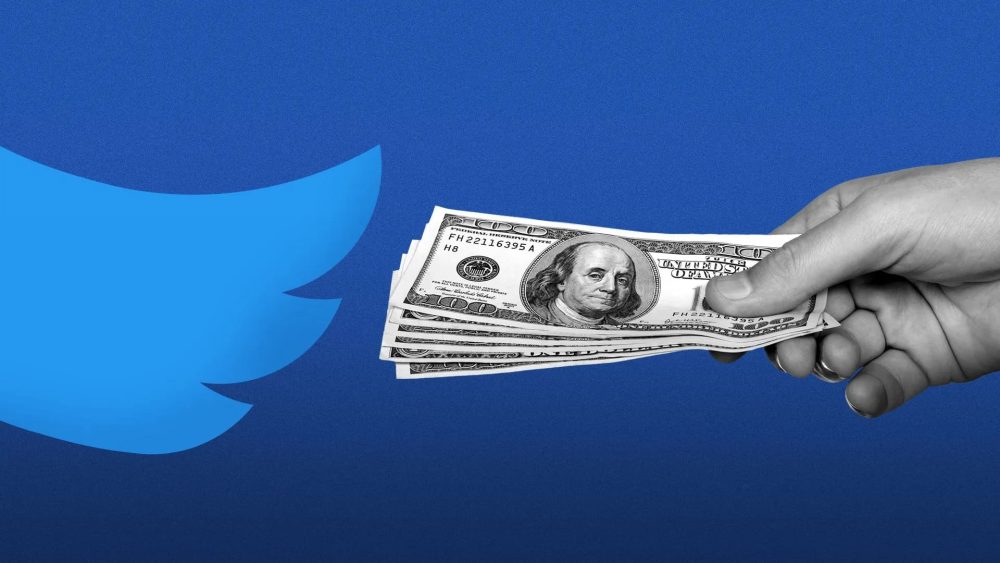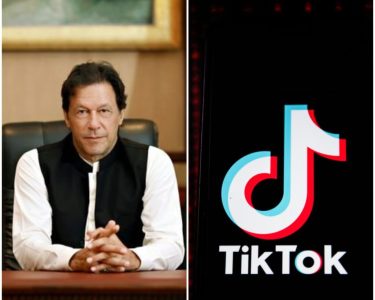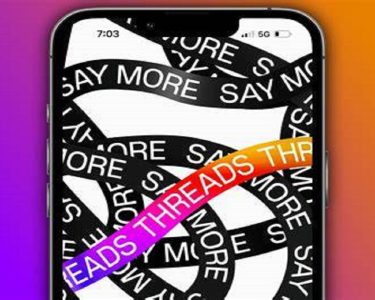Twitter’s New Feature: Sharing Ad Revenue with Creators
Twitter, one of the leading social media platforms, has recently unveiled an exciting new feature that aims to compensate creators by sharing the ad revenue generated from advertisements displayed in responses to their tweets. This groundbreaking move by Twitter opens up new opportunities for content creators to monetize their presence on the platform and further enhances the overall user experience. In this article, we will explore the details of this feature, eligibility criteria for participation, potential earnings, and the implications it holds for the creator community.
Table of Contents
- Introduction: Twitter’s Revenue-Sharing Initiative
- Eligibility Criteria for Payment
- Creator Monetization Standards
- Earning Potential for Content Creators
- Twitter’s Approach to Revenue Calculation
- The Motivation Behind Revenue-Sharing in Responses
- Conclusion
- FAQs
1. Introduction: Twitter’s Revenue-Sharing Initiative
Twitter’s new feature marks a significant milestone in the platform’s evolution, as it empowers creators by allowing them to earn revenue through the ads displayed in responses to their tweets. By implementing this initiative, Twitter aims to foster a thriving creator community and encourage more engaging conversations on the platform.
READ MORE:
How to Set Up Your Etisalat SIM Card in the UAE: Activation Guide
2. Eligibility Criteria for Payment
To be eligible for payments through Twitter’s revenue-sharing program, creators must meet certain requirements. Firstly, they need to be subscribed to Twitter Blue, the platform’s premium subscription service, or be affiliated with verified organizations. Secondly, creators must have accumulated a minimum of 5 million tweet impressions in the past three months. Additionally, they need to pass the human review for Creator Monetization Standards. Lastly, creators must maintain a follower count of 10,000 or more and actively post at least 25 tweets within a 30-day period.
3. Creator Monetization Standards
Twitter has established a set of guidelines known as the Creator Monetization Standards to ensure that participating creators maintain high-quality content and adhere to community guidelines. These standards serve as a safeguard against spam, misinformation, and other forms of harmful or inappropriate content.
4. Earning Potential for Content Creators
Twitter’s revenue-sharing program presents a promising opportunity for content creators to generate income through their tweets. Already, some creators are receiving substantial payouts. For instance, writer Brian Krassenstein revealed that Twitter paid him a total of $24,305, leveraging his 750,000 followers. Moreover, even more popular Twitter accounts, such as the ‘internet hall of fame,’ managed to amass an impressive $107,274. These figures highlight the significant earning potential that Twitter’s revenue-sharing program offers to creators.
5. Twitter’s Approach to Revenue Calculation
While the exact method Twitter employs to calculate the amount of revenue shared with users remains undisclosed, the platform has acknowledged the complexity of determining the appropriate allocation of ad revenue. Given the dynamic nature of the Twitter feed and the multitude of responses to individual tweets, assigning revenue shares accurately poses a unique challenge. However, Twitter aims to refine this process continuously to ensure fairness and transparency for participating creators.
6. The Motivation Behind Revenue-Sharing in Responses
Twitter’s decision to focus on sharing ad revenue from responses to tweets stems from the inherent difficulty in determining which creators should be compensated for ads seen in the main feed. This challenge is not unique to Twitter and is reminiscent of the revenue-sharing complexities faced by short video platforms like TikTok. By incentivizing creators to encourage their audience to engage and respond to their tweets, Twitter aims to promote healthy conversations and elevate user engagement.




